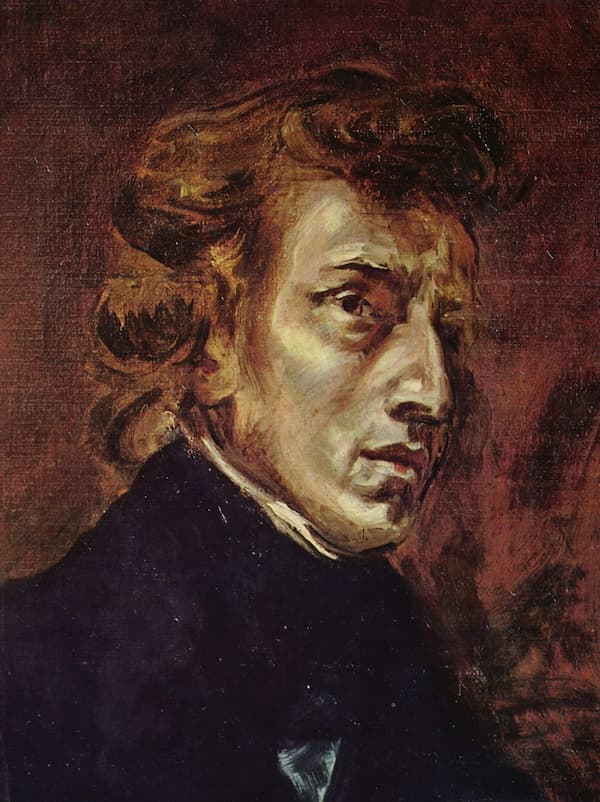Leoš Janáček (1854–1928), unlike his contemporaries, really only started to be a composer in mid-life, so his work emerged, fully formed and of ‘startling originality’, later in his life than for most. His reputation up to around 1916 was really only local, around Brno, where he had founded a music school. His first opera, Šárka, had problems, starting with the fact that he didn’t have the permission of the author to use the poem by Julius Zeyer. The work was written in 1887, and had an abbreviated performance in 1925, but didn’t have its premiere in its full form until 2010. Janáček’s later operas fared better.
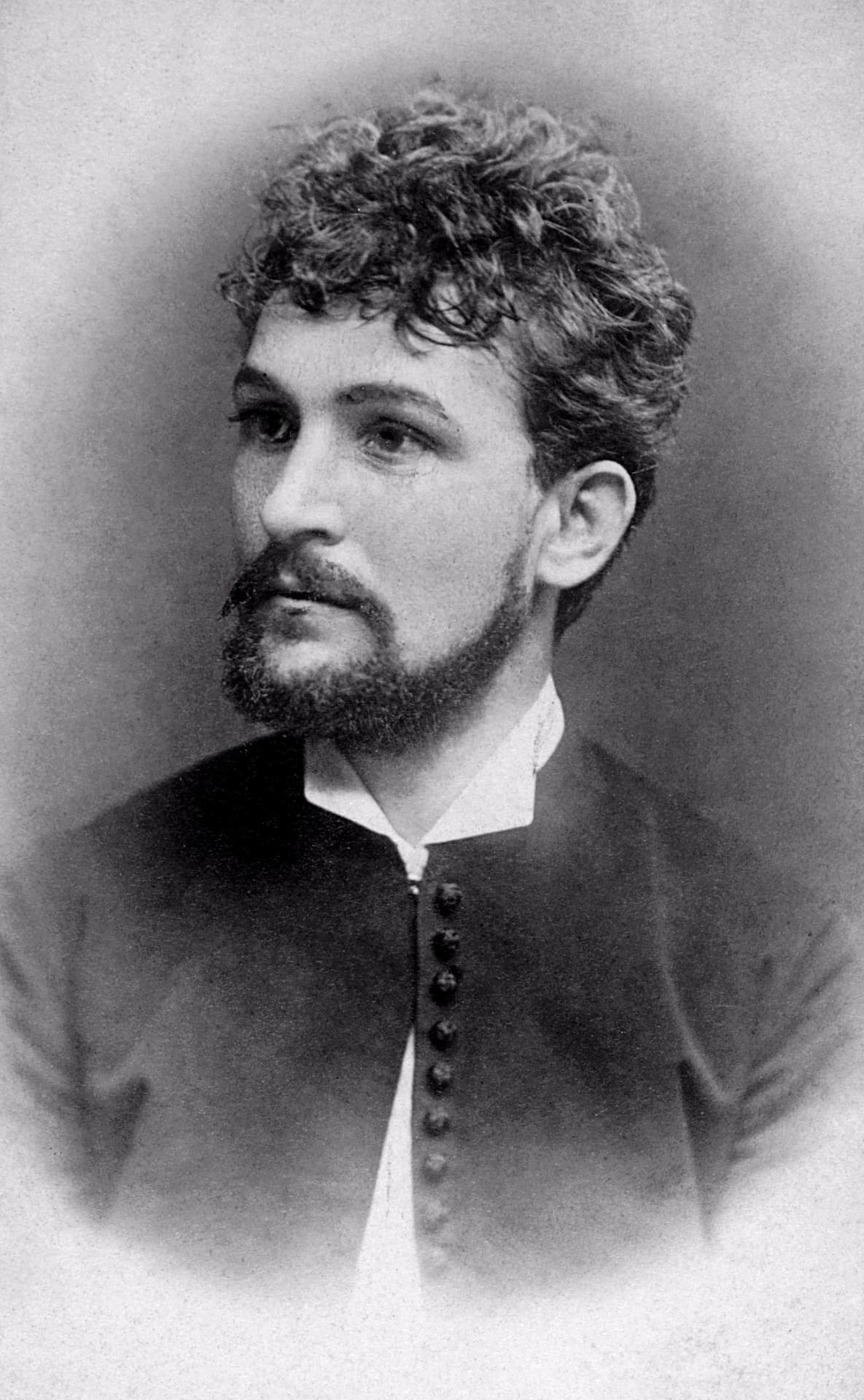
Leoš Janáček in 1882
Following the general 19th-century interest in folk songs, Janáček collected music from Moravia, looking at the inflections of speech in music and the melodic shapes of natural sounds. The often-sharp key shifts we find in his music also come from this study.
One of Janáček’s first mature works was his Lachian Dances, started in 1888. Its first performance was in January 1889, then Janáček revised the work in 1925 and it was published in 1928, shortly before his death.
The first movement opens with a strong statement in the violins, which becomes the first melody of the dance. Two different dances are used, the first one is based on the tragic song ‘Matthew has been killed’ and the second is music from a lighter ribbon dance.
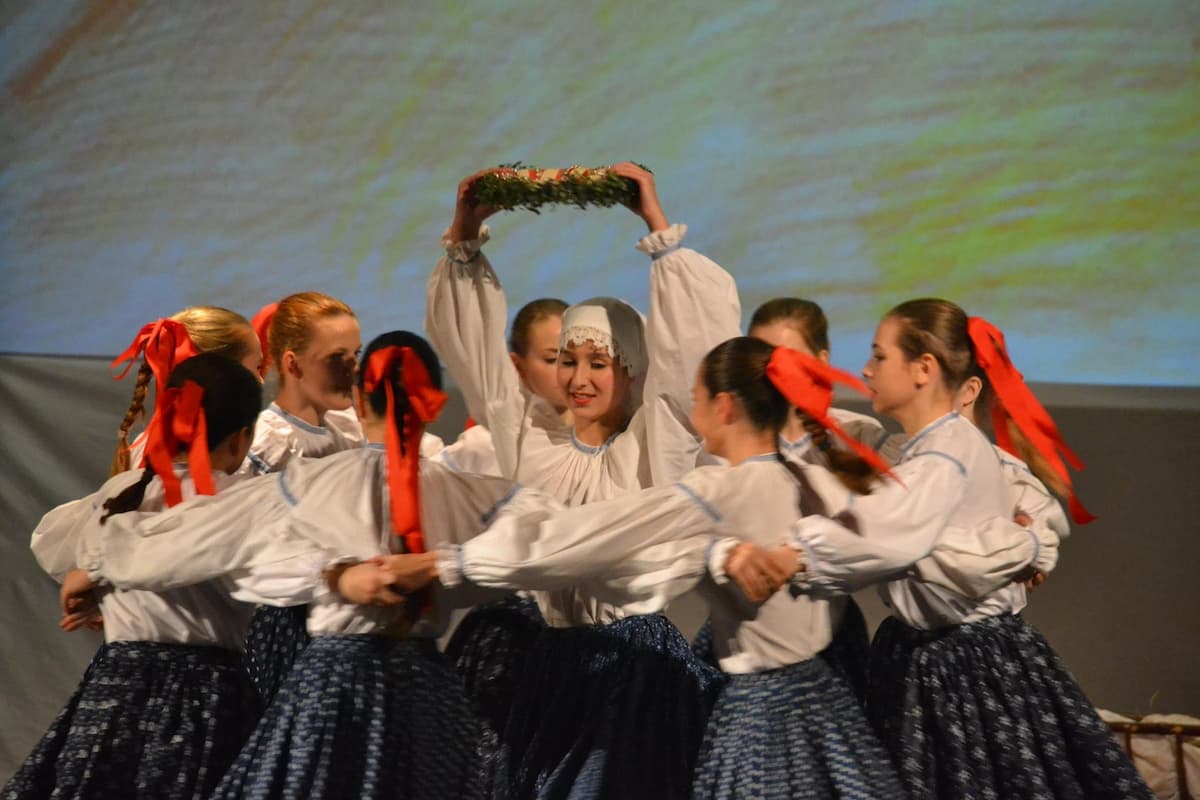
Moravian Dancers: Jana Dance Group
Leoš Janáček: Lasske tance (Lachian Dances), JW VI/17 – No. 1. Starodavny (Old-Time Dance) (Warsaw Philharmonic Orchestra; Antoni Wit, cond.)
The second dance, The Blessed, has a simple four-measure repeated theme.
Leoš Janáček: Lasske tance (Lachian Dances), JW VI/17 – No. 2. Pozehnany (Blessed) (Warsaw Philharmonic Orchestra; Antoni Wit, cond.)
The Blacksmith’s Dance imitated the blacksmith at work, with rhythmic strikes that gradually increase in tempo.
Leoš Janáček: Lasske tance (Lachian Dances), JW VI/17 – No. 3. Dymak (A Blacksmith’s Dance) (Warsaw Philharmonic Orchestra; Antoni Wit, cond.)
The fourth dance, which shows the influence of Dvořák in its writing, uses a folk tune as its inspiration, and, after the acceleration and banging of the third movement, is a welcome point of rest. The solo horn lines are markedly different from the orchestrations of the earlier movements, as are the string lines.
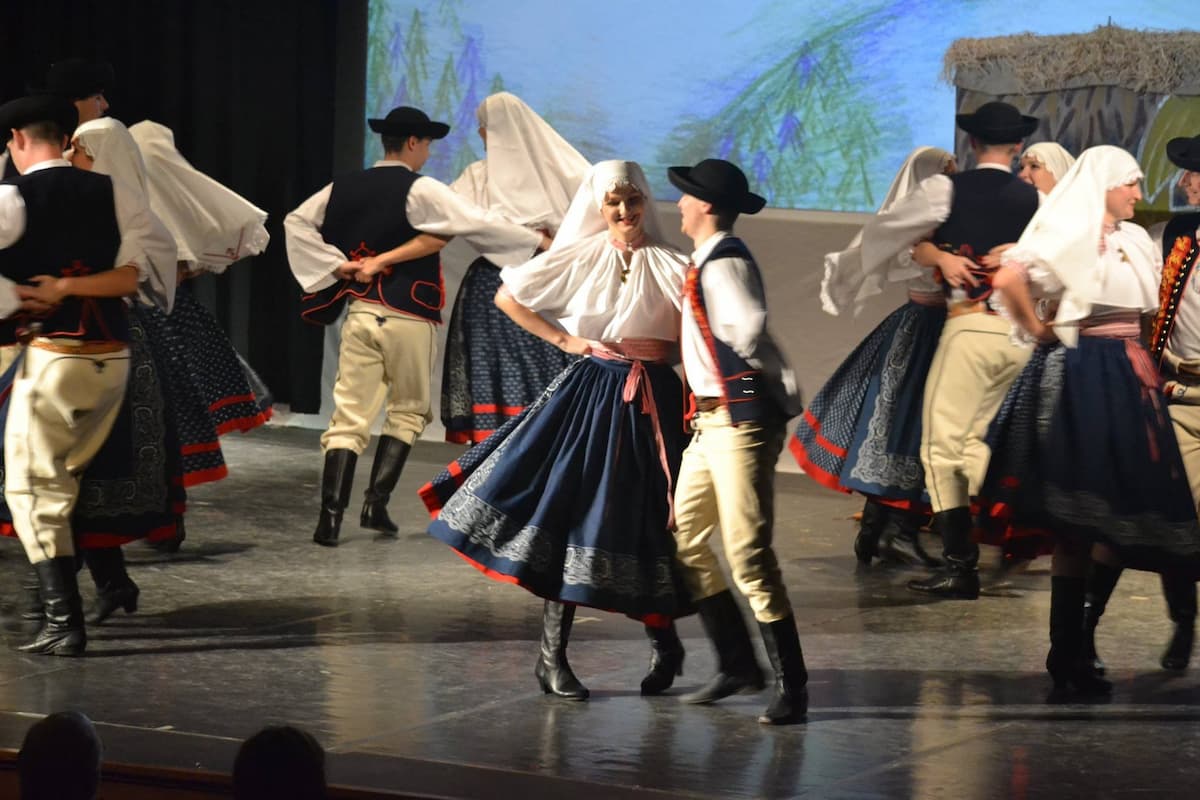
Moravian Dancers: Jana Dance Group
Leoš Janáček: Lasske tance (Lachian Dances), JW VI/17 – No. 4. Starodavny (Old-Time Dance) (Warsaw Philharmonic Orchestra; Antoni Wit, cond.)
Dance five, Čeladenský, was, in many ways, the ideal Czech dance for Janáček. Its form, expression, and style are ideal models for Moravian folk dance. Janáček uses a contrasting second melody and then combines them for the end of the work.
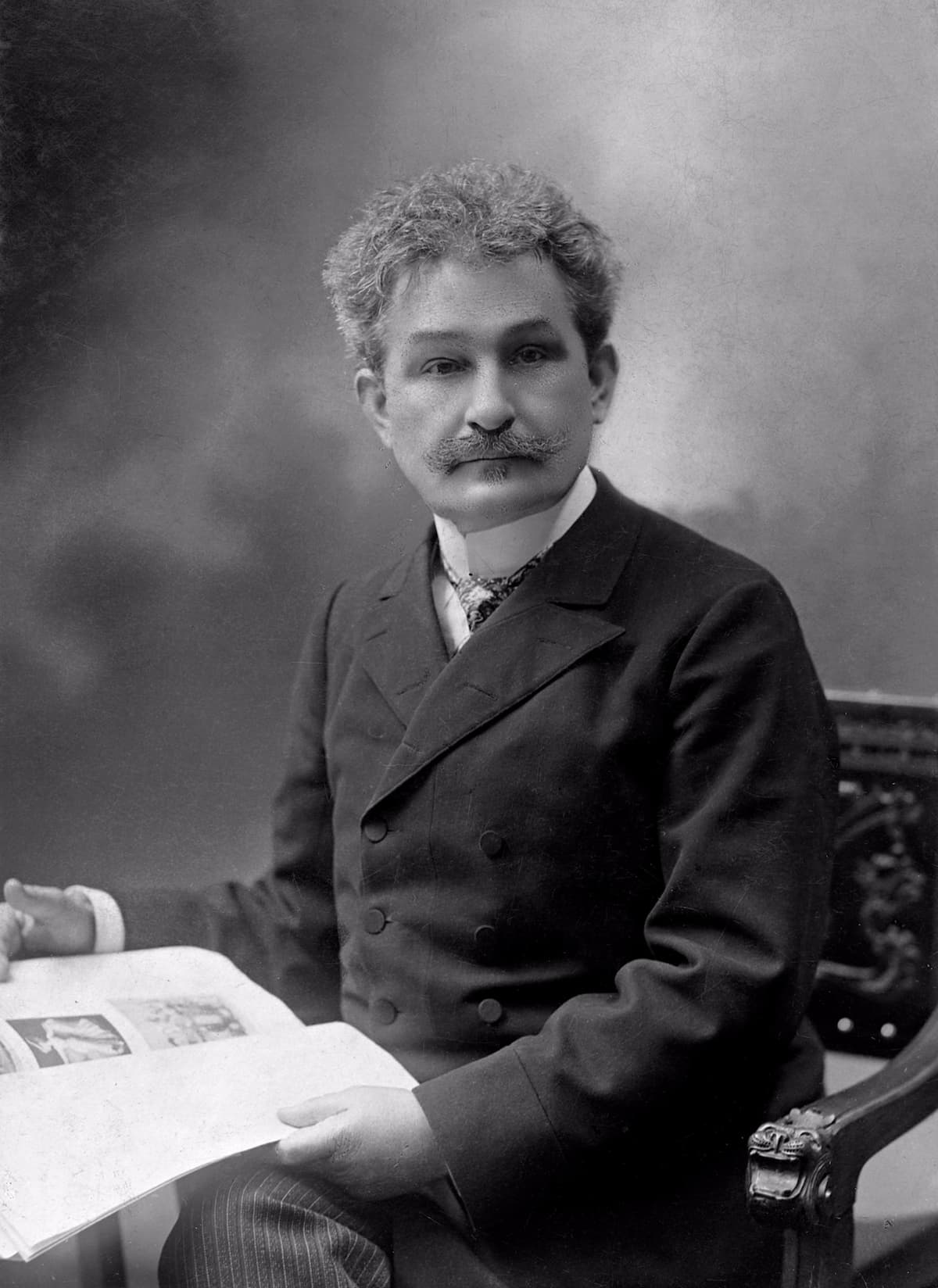
Janáček in 1904
Leoš Janáček: Lasske tance (Lachian Dances), JW VI/17 – No. 5. Celadensky (From Celadra) (Warsaw Philharmonic Orchestra; Antoni Wit, cond.)
The set closes with another rhythmic workman’s dance, in this case, a saw dance. In the preparations for winter, getting in the firewood has a priority. This dance comes in three sections: opening with a deliberate duple melody (the saw going back and forth?), the second theme is a faster dance (a bit difficult on the sawyers!), and then a return to the original theme, but maintaining the faster tempo, building to a climactic finish. This movement is the most famous of the cycle and is based on the Moravian folk song ‘Už ty pilky dořezaly’ (The saws have stopped cutting).
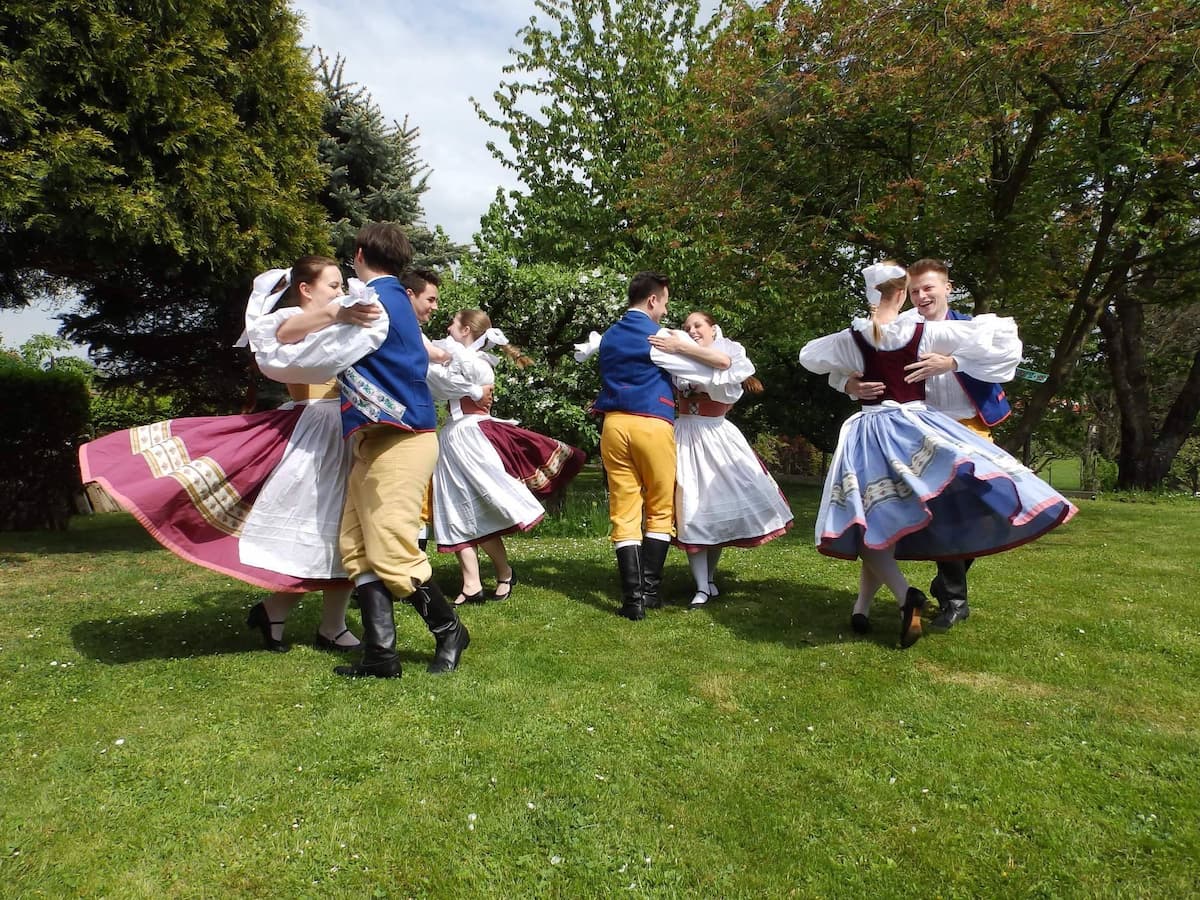
Moravian Dancers: Jana Dance Group
Leoš Janáček: Lasske tance (Lachian Dances), JW VI/17 – No. 6. Pilky (Saw Dance) (Warsaw Philharmonic Orchestra; Antoni Wit, cond.)
All parts of society come out in these dances: men who work with their hands (blacksmiths and sawyers), women’s ribbon dances, dances to mourning songs, etc. As his first survey of the bewildering variety of Moravian folk music, Janáček initially created the dances as separate works and it was only in 1925 that they were put together as a suite.
For more of the best in classical music, sign up for our E-Newsletter

